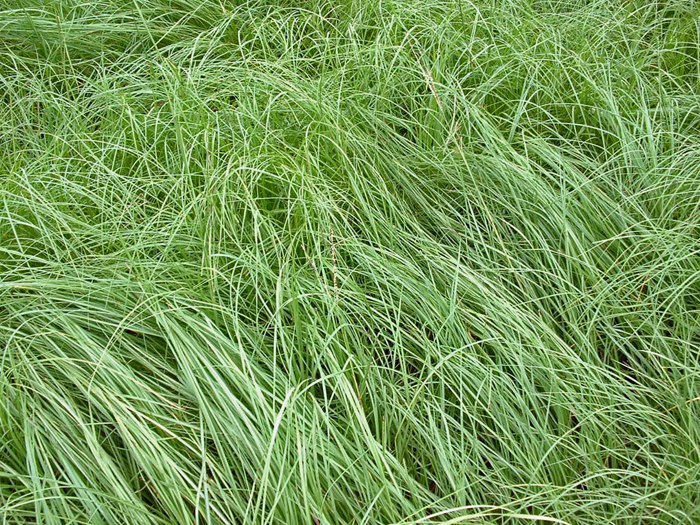
Endophytes that live in forage grass species are being studied by University of Florida researchers. Photo: Ann Blount
Ann Blount, Sunny Liao, Florencia Marcon and Cheryl Mackowiak, UF/IFAS North Florida Research and Education Center
“What is an Endophyte and why are they in my grass pastures?” may be a question that cattlemen in Florida have never asked before, but they are starting to.
An endophyte is typically a bacteria or fungus that lives within a plant for all or part of its lifecycle. Endophytes occur in most plant species and can be beneficial in the plant’s tolerance to environmental stresses, such as drought, and may assist the plant to acquire nutrients, enhance growth, and aid in resistance to insects or diseases that might harm the plant. Often it aids the plant by reducing or avoiding consumption by livestock. In return for aiding the plant to help it survive, the endophyte receives it food source, like carbon and possibly nitrogen, from the host plant.
The most commonly known pasture endophyte relationship in the southeast occurs in the fescue belt. Cattlemen who rely on fescue-based pastures know what the mycotoxin (ergovaline) from the endophyte fungus Neotyphodium coenophialum in fescue does to cattle. There is a long history of studies to reduce the associated problems with better pasture management or fescue variety selections.
Similar to fescue, endophytic fungi also infect other southeastern grasses. This is why Florida cattlemen are questioning what they are and what they do? While it is possible there may be some mycotoxin issues in southern grass pastures, they have not typically been so apparent or serious to prevent the use of these grass species for livestock. However, researchers are now finding that under certain conditions suitable for high concentrations of these mycotoxins, livestock health issues may arise.
Over the past three years researchers at the University of Florida have been examining endophyte populations in Florida pastures. They have a joint project with the Oregon State University School of Veterinarian Medicine Toxicology Department to evaluate the presence of fungal endophytes in seven warm-season grasses: Argentine and Pensacola Bahiagrass (Paspalum notatum), Brunswickgrass (Paspalum nicorae), Smutgrass (Sporobolus indicus), Broomsedge (Andropogon virginicus), Bermudagrass (Cynodon dactylon), and Limpograss (Hemarthria altissima). Specifically the research is focused on the types of endophytes that produce mycotoxins. To date they have cultured leaf portions of each grass to determine the presence of endophytes. Researchers have also begun the DNA sequencing to identify those endophytes present in the grasses. This should aid in identifying the key fungal endophytes in the grasses, and, ultimately, the mycotoxins produced.
While this project is currently underway, the first concentrated effort was to better understand why livestock will graze bahiagrass, but however will not consume Brunswickgrass from the same family that is growing alongside it in the same pasture. The team have extracted the metabolites from bahiagrass and Brunswickgrass and have found a high concentration of the ergocristine (ergot alkaloid) in the P. nicorae samples. In addition, altenuene, sterigmatocystin, zearalenone, emodin, beauvericin and tentoxin were also identified in the samples. What their concentrations is in our plants and what these mycotoxins do in relation to animal health is the next important question.
Updates from this research will be provided as the study progresses. Several county agents have offered to assist the research specialists on this project in an effort to educate livestock producers about the pluses and minuses of having endophytes in our pasture grasses. The bottom line is that most of these are naturally occurring endophytic relationships; normally they are more beneficial than harmful to forage plant species. These endophytes allow forage plants to survive under low fertility, in sandy soils, and in a hostile, tropical climate filled with plant diseases, insects and other detrimental pests. As specialists better understand the relationships with endophytes, they hope to also learn how to minimize any negative impacts they produce. Stay Tuned! More information will be shared in the future as the research team learns more about endophytes in forage grasses and their impact on grazing livestock.
- Cool-Season Forages – A Pasture Perspective for 2022 - September 16, 2022
- Ornamental Rhizoma Perennial Peanut for Groundcover or Alternative Turf - March 18, 2022
- 2021 Cool-Season Forage Recommendations for Livestock and Wildlife - September 24, 2021
